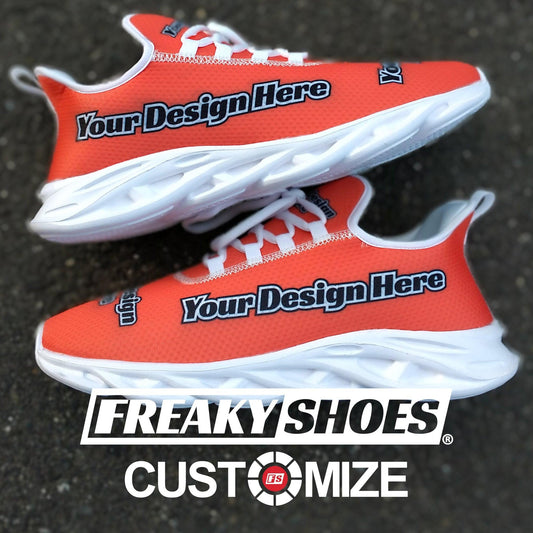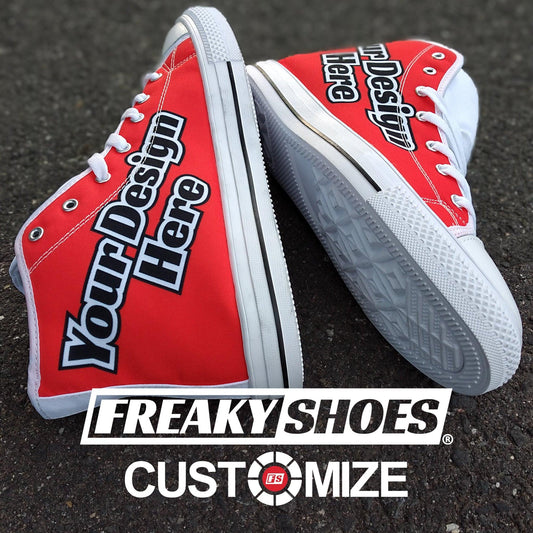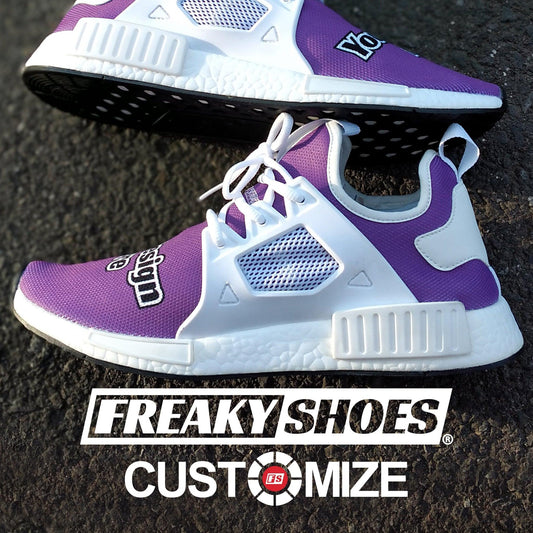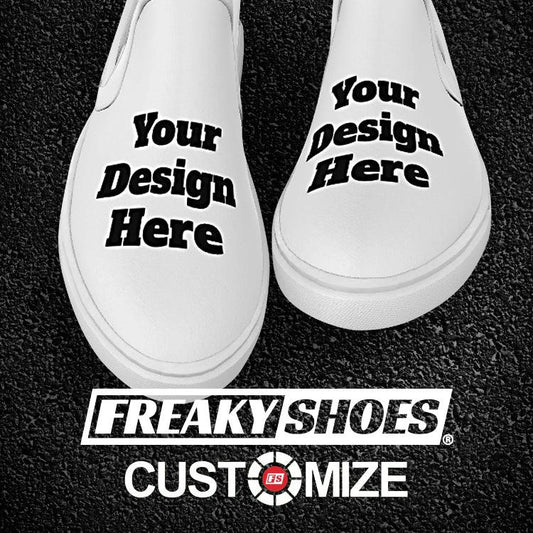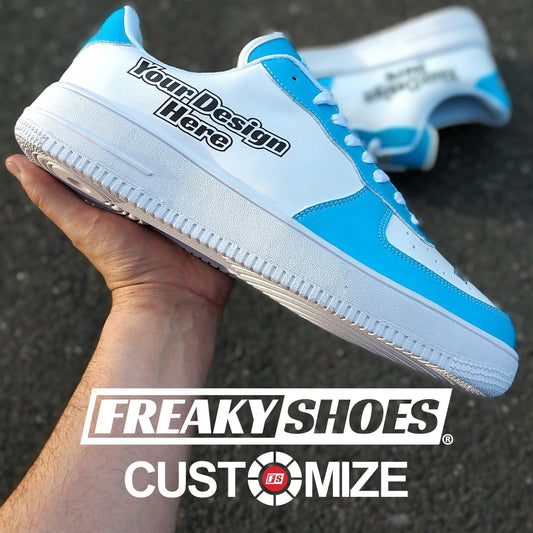Let’s face it: Wet shoes are the worst. They smell bad, feel uncomfortable, and take forever to dry. If you’ve ever asked yourself, "How to dry shoes in a dryer," you’re not alone. Many people try it but end up either shrinking their shoes or damaging the dryer.
Good news—you can dry shoes in a dryer safely. Just follow these steps:
-
Check the label to ensure your shoes are dryer-safe.
-
Remove the insoles and laces to speed up drying.
-
Place the shoes in a laundry bag or tie the laces in the dryer door.
-
Set the dryer to low heat or air-dry mode to avoid shrinking or warping.
-
Monitor the drying process closely.
Want complete details? In this guide, we’ll show you exactly how to dry shoes in a dryer the right way—without shrinking, cracking, or ruining them.
Let’s begin!
Key Takeaways
-
Always check if your shoes are dryer-safe before putting them in.
-
Use low heat or air-dry settings to prevent damage.
-
Secure shoes inside the dryer to avoid banging and noise.
-
Use a drying rack if your dryer has one for better stability.
-
Add dry towels to balance the load and speed up drying.
-
Let shoes cool for 13–15 minutes before wearing.
-
If shoes aren’t fully dry, finish with air drying or a fan.
How to Dry Shoes in a Dryer (Without Ruining Them)

Wet shoes are frustrating, but tossing shoes straight into the dryer without a plan is risky. Heat can shrink fabric, melt glue, or make the soles stiff. Worse, they’ll bang around inside, making a terrible noise and possibly damaging the machine.
We’ve tried different drying methods, and through experience, we’ve found the safest way to dry shoes in a dryer without ruining them.
Follow these steps, and your shoes will dry quickly while keeping their shape:
1. Check If Your Shoes Can Go in the Dryer
Not all shoes are made for the dryer. Most sneakers and athletic shoes are safe to dry as long as they are made from canvas, nylon, or polyester. These materials can withstand low heat without losing shape. Cotton-based casual shoes can also go in the dryer if dried properly.
If your shoes have a care label inside, check it for washing and drying instructions. If it says “machine washable,” that’s a good sign. But even then, high heat can cause damage, so you still need to follow the right drying process.
We once made the mistake of drying leather sneakers on low heat, thinking it would be safe. The shoes came out stiff and unwearable. Since then, we always check materials before deciding to use the dryer.
2. Prepare Your Shoes for Drying
Shoes should never go straight from the wet to the dryer without preparation. Taking a few simple steps can prevent shrinkage. Here’s what to do:
-
You must start by removing the insoles, as they hold a lot of moisture and take longer to dry than the rest of the shoe. If left inside, they might stay damp even when the outside feels dry.
-
Next, take out the laces. If they’re left on, they can tangle, stretch, or get caught inside the machine.
-
If the shoes are dripping wet, dry them off with a clean towel first. Press the towel against the fabric to soak up excess moisture.
-
Shoes tend to bounce around inside the dryer, making a loud banging noise. This can damage both the shoes and the dryer’s drum. To prevent this, add a few dry towels to the load.
3. Secure the Shoes to Prevent Banging
Even with towels, loose shoes can still bounce around. This isn’t just noisy—it can actually damage the dryer over time. The best way to prevent this is by securing the shoes in place.
One of the easiest methods is to use the dryer door. Tie the shoelaces together in a loose knot, then hang the shoes over the door with the laces sticking out. Close the door, trapping the laces so the shoes stay in place. This keeps them from tumbling while allowing warm air to circulate inside.
If your dryer’s door doesn’t allow this method, a mesh laundry bag is a great alternative. Place the shoes inside the bag and zip it up before putting them in the dryer. This keeps them contained while allowing them to dry properly.
We’ve tested both methods, and they work well. The dryer door trick is our favorite because it keeps the shoes from tumbling at all. But the mesh bag also does a good job of preventing excessive movement.
4. Choose the Right Dryer Settings
Using the wrong settings can ruin your shoes. High heat is the biggest mistake you can make. We suggest always using low heat or an air-dry setting.
Start with a drying time of 24 to 30 minutes. Check the shoes afterward to see if they need more time. If they’re still damp, run the dryer for another 13 to 15 minutes. Avoid running long cycles all at once, as extended heat exposure can cause damage.
If you’re unsure about the heat setting, go with the air-dry option. It takes longer but removes moisture without exposing the shoes to high temperatures.
We’ve used this method for delicate shoes, and while it takes more time, it keeps them in perfect condition.
5. Let the Shoes Cool Before Wearing
Shoes fresh out of the dryer can feel soft and slightly warm. If you put them on immediately, they might lose shape. Let them sit for about 13 to 15 minutes to firm up before wearing them.
If they still feel damp inside, stuff them with dry socks or crumpled newspaper. This helps absorb any remaining moisture and speeds up the drying process. We’ve done this with thicker shoes, and it makes a big difference in keeping them dry and fresh.
6. What to Do If Your Shoes Aren’t Fully Dry
Sometimes, shoes need extra drying time. If they’re still damp after one cycle, avoid running them through the dryer again immediately. Instead, let them air out for a bit before putting them back in for another 15 minutes.
If you don’t want to risk another dryer cycle, place them near a fan or stuff them with newspaper overnight. This method works well for thicker shoes that need a little extra drying time.
That’s all.
If you love water activities, you’ll want to invest in durable water shoes for men that dry quickly and resist damage.
How to Dry Shoes in a Samsung Dryer
Samsung dryers have advanced features that make drying shoes easier. Some models come with a drying rack, which keeps shoes in place. If your dryer has this, it is the safest option. If not, you can still dry shoes properly with a few adjustments.
Steps to Dry Shoes in a Samsung Dryer:
-
Take out the insoles and laces to help air reach every part of the shoe. Let the insoles air dry separately.
-
Remove excess water with a towel by pressing it against the shoes. This helps them dry faster.
-
Use a drying rack if your dryer has one. Place the shoes on the rack with the soles facing down. This keeps them stable.
-
If there is no rack, use a mesh laundry bag. Place the shoes inside and zip it shut. This keeps them from bouncing around.
-
Use the delicate or air-fluff setting. High heat can shrink or damage shoes, so always go for low heat.
-
Add a few dry towels if not using a rack. They help balance the load and stop the shoes from hitting the drum.
-
Run the dryer for 30 minutes. Check the shoes to see if they need more time. Add another 10 to 15 minutes if needed.
-
Let the shoes cool for 10 minutes. This prevents them from feeling too soft or misshapen when you put them on.
Common Mistakes to Avoid When Drying Shoes

Drying shoes seems simple, but it is easy to get wrong. If you want to keep your shoes in good condition, avoid these five drying mistakes.
1. Using High Heat in the Dryer
Many people think high heat will dry shoes faster. This is not true. High heat can cause serious damage that cannot be reversed.
Shoes made of fabric can shrink when exposed to high temperatures. This makes them tight and uncomfortable. Running shoes are even worse. Heat can damage their cushioning, which reduces support for your feet.
Glue is another issue. Most shoes have glued parts, especially around the soles. High heat can melt the glue, causing the soles to separate. This weakens the shoe and shortens its lifespan.
If you need to dry your shoes quickly, do not turn up the heat. Instead, use low heat and let them dry gradually.
2. Not Removing Insoles and Laces
Leaving insoles and laces in the shoes can slow down the drying process. Insoles are thick and hold a lot of moisture. If left inside, they take much longer to dry than the rest of the shoe. Even if the outside feels dry, the inside might still be damp. This can lead to a bad smell or even mold.
Laces can also cause problems. They can get tangled in the dryer, which stretches them out. If they get caught in the drum, they may tear or damage the dryer. Drying them separately helps them last longer.
3. Letting Shoes Bounce Around in the Dryer
We once dried sneakers without securing them, and the noise was unbearable. The shoes came out with small scratches, and one of the soles started separating. Since then, we always secure them using a drying rack, a laundry bag, or the shoelace method.
Shoes that tumble freely hit the walls of the dryer over and over. This can cause scuff marks on the outside of the shoe. If they have air or gel cushioning, the impact can weaken the support. The soles may also wear out faster.
The dryer can also get damaged. Repeated banging can scratch the drum. Over time, it may even loosen parts inside the machine. This can lead to costly repairs.
4. Not Checking If Shoes Are Dryer-Safe
We once dried a pair of leather sneakers on low heat, thinking it would be safe. When they came out, the leather had cracked, and they felt rough. After that, we always check the care label inside the shoe. If it does not say "machine washable," we avoid putting it in the dryer.
Leather and suede are the most sensitive materials. Heat can dry them out, making them stiff and cracked. Running shoes are another problem. Many have special cushioning that breaks down under heat, making them less supportive.
Shoes with heavy glue are also at risk. Heat can weaken the adhesive, causing parts of the shoe to separate. If this happens, they may never fit the same way again.
If you are unsure, it is always safer to air dry your shoes. A fan or newspaper-stuffing method works well and prevents damage.
5. Wearing Shoes Right After Drying
Many people put on their shoes as soon as they come out of the dryer. This is a mistake that can affect their fit and comfort.
Shoes fresh from the dryer feel warm and soft. The heat makes the material more flexible. If you wear them immediately, they might stretch in ways that change their shape. This is especially true for running shoes and sneakers.
Wet work shoes can be uncomfortable and even unsafe—investing in top-rated non-slip work shoes can help prevent accidents.
Final Words
Drying shoes in a dryer is fast and easy when done correctly. Avoid high heat, keep them stable, and use the right settings. This will keep your shoes in great shape for longer.
-
Use low heat to prevent shrinking and damage.
-
Secure shoes properly to avoid loud banging and dryer damage.
-
Remove laces and insoles to help them dry evenly.
-
Check the material to ensure your shoes are safe for drying.
-
Let them cool before wearing them to keep their shape.
Now you know exactly how to dry shoes in a dryer without ruining them.












